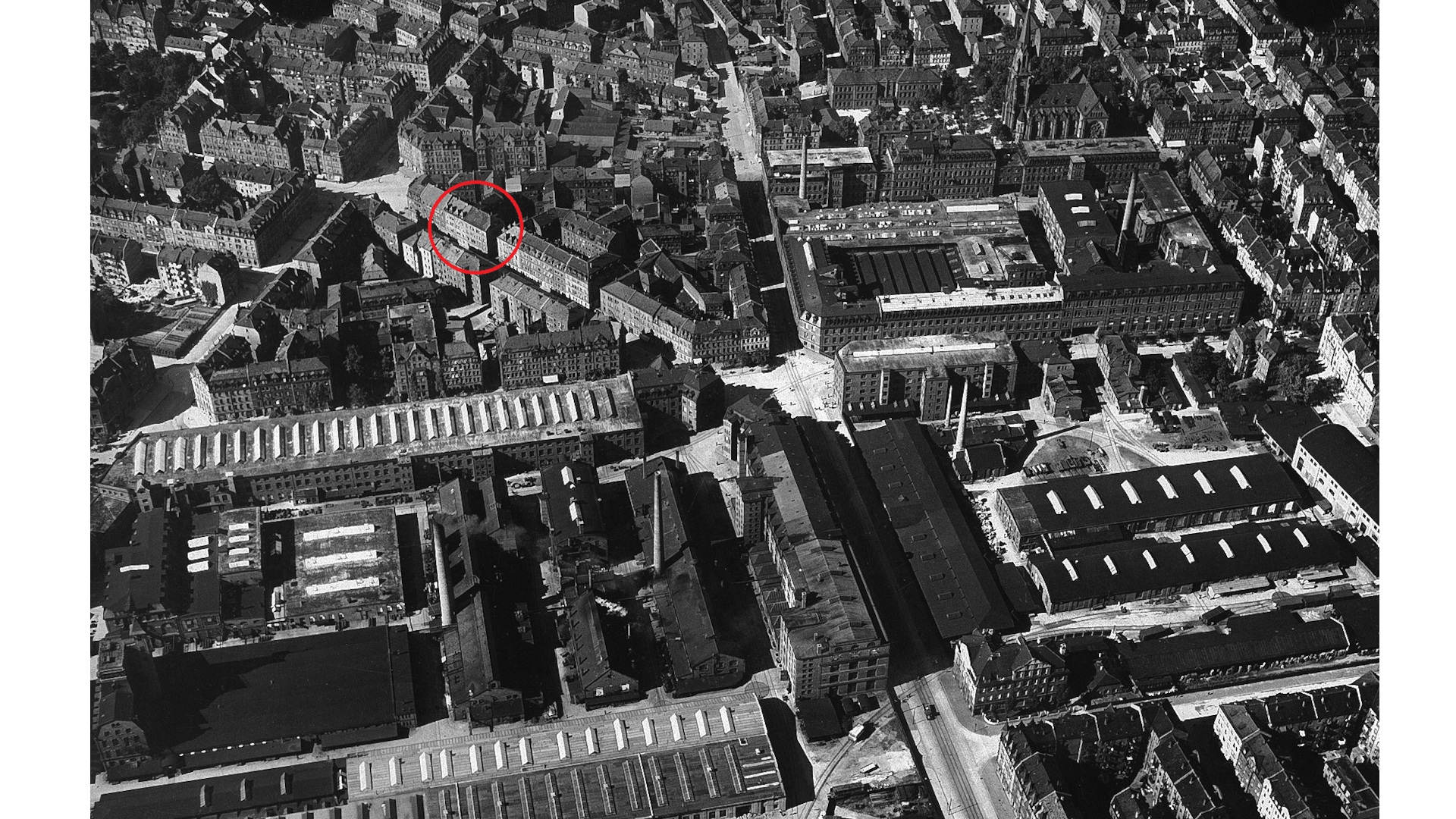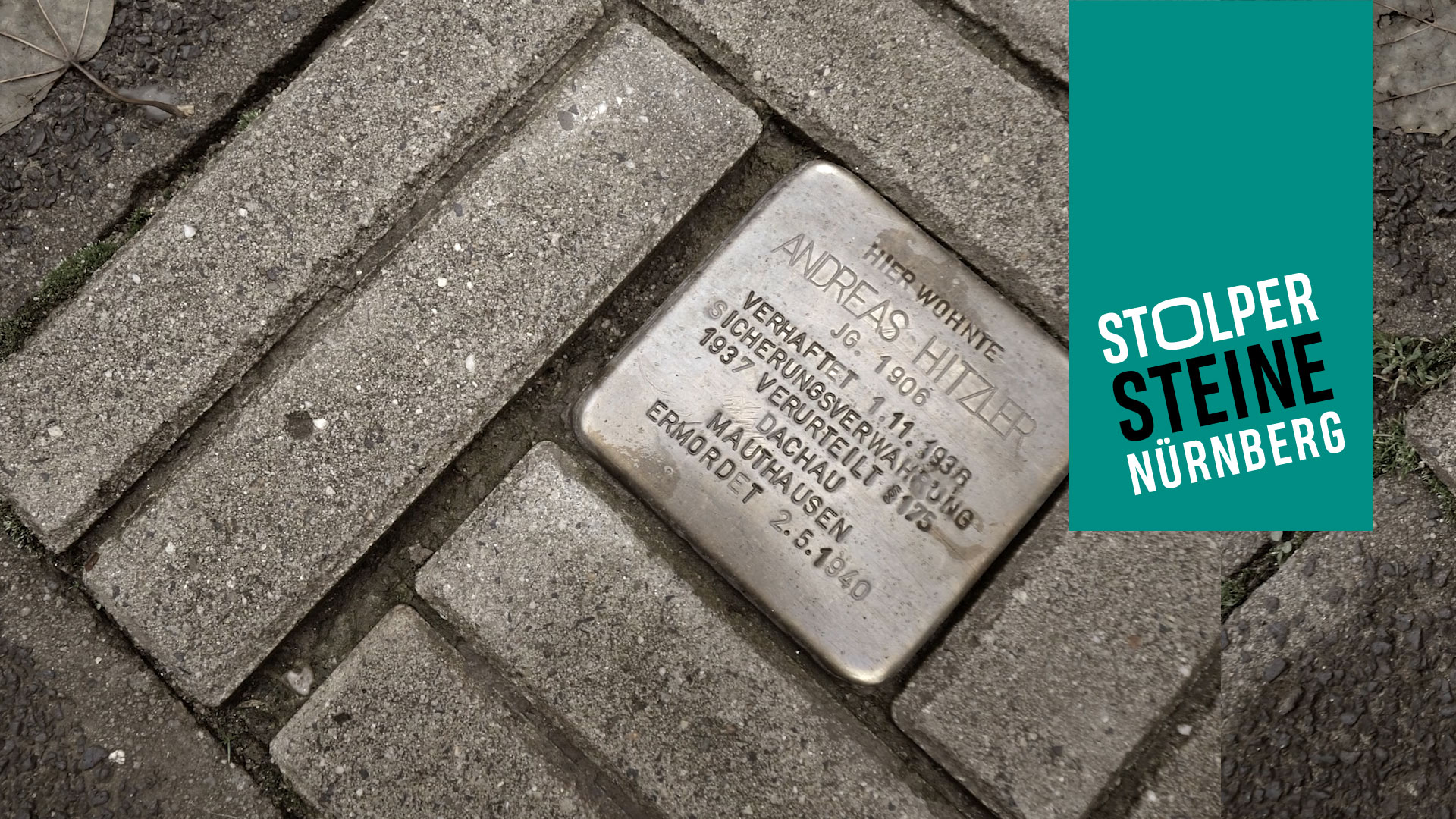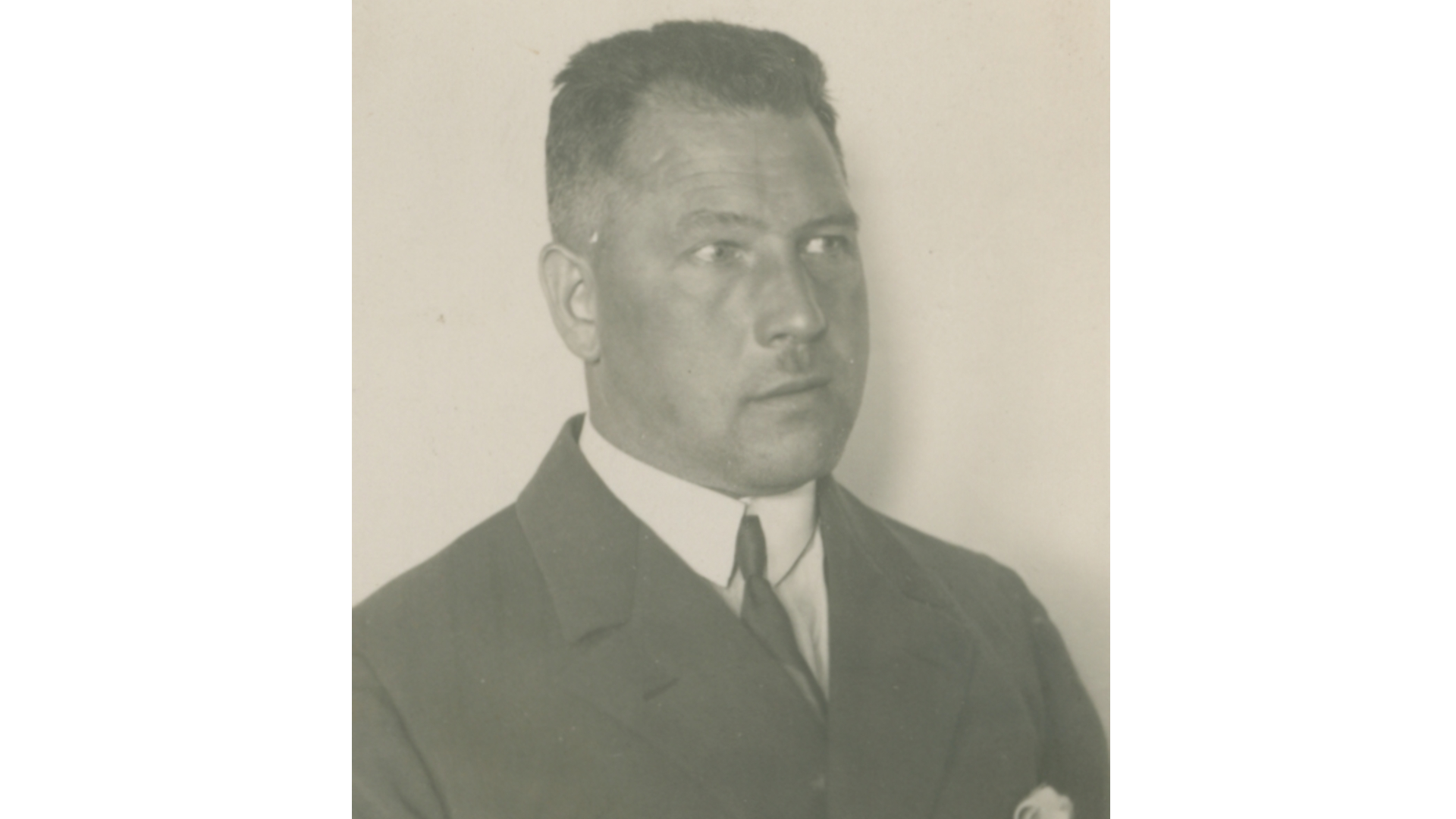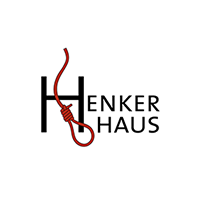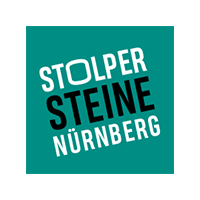| Location of stone: Seuffertstrasse 5 | District: Steinbühl |
| Sponsor: Fliederlich e.V. – Gay Community Centre | Laying of stone: 17 October 2017 |
Biography
Since 17 October 2017 stumbling stones have been laid in Nuremberg in memory of homosexual victims of National Socialism. The project was initiated by the association Fliederlich e.V., under the leadership of Ralph Hoffmann (†). One of the stones that Gunter Demnig laid on 17 October was for Andreas Hitzler, who was murdered in Mauthausen concentration camp.
Andreas Hitzler, born in Nuremberg on 29 July 1906, was the son of Johannes Hitzler and Margarete (née Nachtigall). His father worked as a packer and delivery man. The family was Protestant.
After completing his school education at the Volksschule, Hitzler trained to be a baker. He practised this profession for a time but later earned his living as a bricklayer’s assistant, his final employer being the company Klaus & Ackermann in Nuremberg-Langwasser. In the years before the National Socialist dictatorship, Hitzler expressed his homosexuality in a fairly open manner. At the beginning of the 1930s he maintained a large circle of friends and was well known in the homosexual sub-culture that was slowly developing at the time in Nuremberg.
Hitzler was a member of Nuremberg’s “Silhouette” association, where homosexuals could interact socially. However, these activities could only take place in secret, as the practice of homosexuality was a punishable offence in the Weimer Republic. Hitzler was to experience this early on. In 1929 the police registered him as a homosexual. His first sentence – two months’ imprisonment – followed in 1932, after he was convicted of contravening Paragraph 175.
The freedom that the members of “Silhouette” had slowly won for themselves disappeared when the National Socialists came to power. Within a short time, all the homosexual associations in Nuremberg were dissolved. Hitzler initially managed to avoid further prosecution. However, in autumn 1936 he became one of the subjects of a large-scale investigation, after a sexual partner denounced him. In the early hours of 1 November 1936 Hitzler was arrested by police in his flat at Seuffertstraße 5.
After several weeks’ imprisonment on remand, Hitzler was placed under “preventive custody” by the police, which meant that he was sent to Dachau concentration camp. Brought back to Nuremberg for his trial, he was sentenced to ten months’ imprisonment on 24 March 1937. Having served his sentence, Hitzler was not released. The period of “preventive custody” continued and he was sent again to Dachau concentration camp. In September 1939 he was moved to the concentration camp at Mauthausen.
In SS jargon Mauthausen was a class III concentration camp, intended for “severely incriminated, incorrigible and at the same time previously convicted and antisocial prisoners under protective custody, that is, the hardly educable”. The inmates were to be eliminated through forced labour and mercilessly exploited right up to their death, which had been intended from the outset. According to the latest estimates, approximately 90,000 prisoners died in the camp. Forced to wear the pink identification badge, the death rate amongst the group of homosexuals there was roughly 60 per cent. Andreas Hitzler was one of those who did not survive their time in the camp. He died on 2 May 1940 in Mauthausen.

